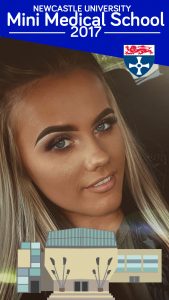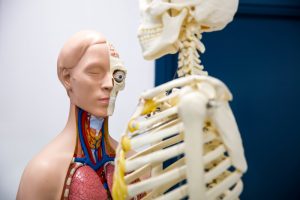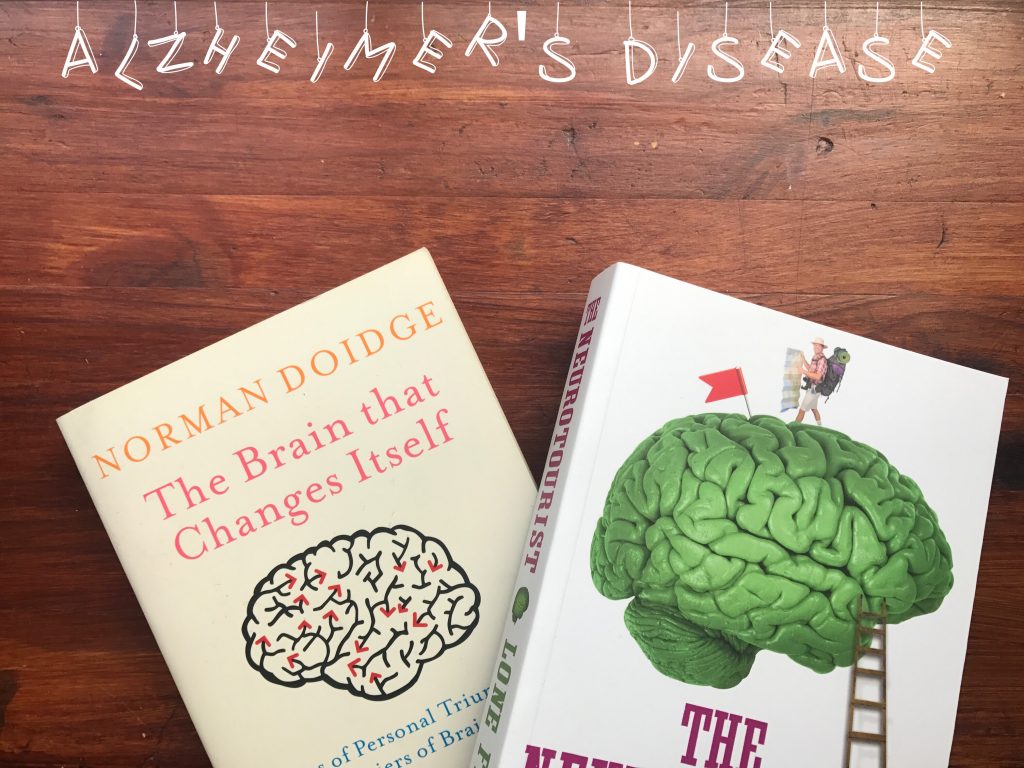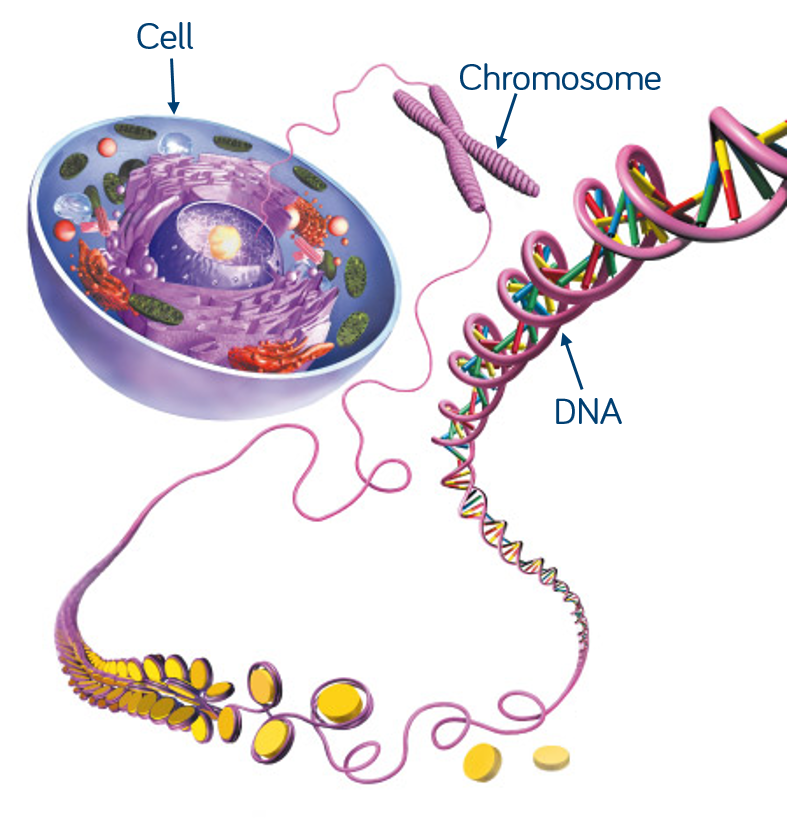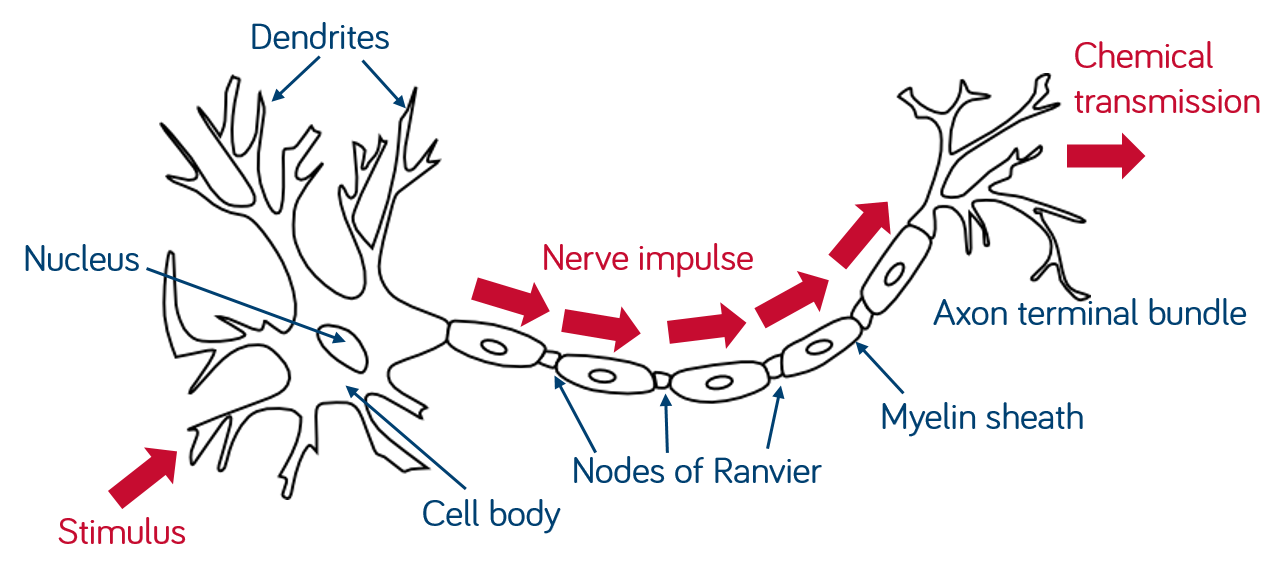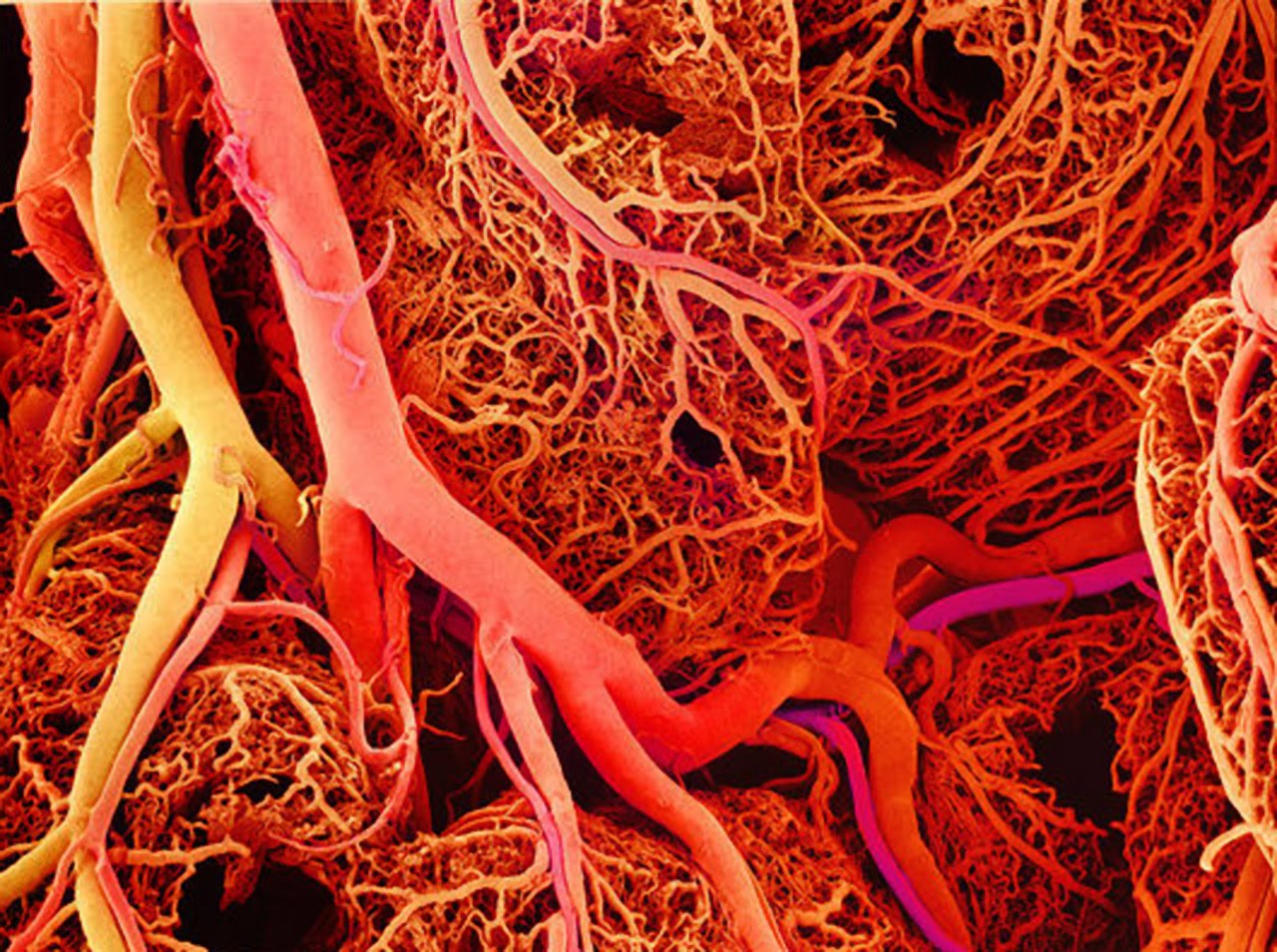When visiting schools and museums our Street Scientists often get asked a variety of questions from curious children. Here are the answers to some of our favourite questions!
This week, we’re answering questions around Medicine and Health.

What is blood made of?
-asked by Lacey, 8, from Simonside Primary School
There are many things which make up blood! The easiest way to think about it is that it contains liquids and solids. The liquid part of blood is called plasma which is mainly water with some salts dissolved in it and also some proteins. The plasma allows blood to flow, carrying the solids around the body to where they are needed. The salts are important in controlling how much water is in the body, this is why it is dangerous to eat lots of salt!
The plasma makes up around half of blood, the rest is made up of red blood cells, white blood cells and platelets. Red blood cells have a dip in the middle which gives them lots of space to carry oxygen from the lungs to the body. Oxygen bound to red blood cells is what makes blood red.
The white blood cells come in lots of different types and are part of the immune system which protects the body from germs like bacteria and viruses. They recognise germs which don’t belong in the body and kill them in lots of different ways before they can make us sick.
Platelets are important in allowing us to form scabs when we cut ourselves. The platelets all stick together over a cut and stop us losing too much blood.
-Ailie, Medical Student & Evolution and Human Behaviour Masters Student

Why do people get allergic reactions to things?
-asked by Abbie, 11, Burnside Primary School
Allergic reactions happen in some people when the immune system overreacts to something harmless, called an allergen, because it thinks it is dangerous to the body. Our immune system is very important to keep our bodies safe from germs such as bacteria and viruses that can cause disease. While the red cells in our blood carry oxygen all around the body, the white blood cells make up the immune system.
The white blood cells are very clever at recognising germs in the body and realising that they don’t belong and can be harmful. When they find a germ, they activate other white blood cells to attack the germ in lots of different ways. Some white blood cells can swallow a germ whole and then dissolve it – this is called phagocytosis. Other white blood cells release antibodies which stop the germs being harmful and cause them to all stick together, others release chemicals such as histamine which causes swelling and brings in more white blood cells to help.
However, in some people the white blood cells get confused and think something safe, like peanuts or shellfish, are harmful to the body. Scientists haven’t figured out why this happens to some people but not others although sometimes it runs in families and is linked to other conditions like asthma and hay-fever. When people with allergies eat or touch something they are allergic to the immune system becomes activated causing redness, swelling and itching. In a serious case the throat may swell up making it hard to breathe, this is why some people with allergies carry an EpiPen which contains adrenaline to stop the swelling.
-Ailie, Medical Student & Evolution and Human Behaviour Masters Student

How many medicines are in the world?
-Asked by Ruby, 10, from Simonside Primary School
It is impossible to know exactly how many different medicines there are, it will be thousands and thousands! The types of medicines used in different parts of the world are very varied and medicines are always changing.
Doctors used to think that all sickness was due to ‘bad blood’ so they put leaches on sick people to suck it out! Luckily, they don’t do that anymore. For most diseases there are many treatments available. For example, there are lots of different inhalers for asthma which are different colours depending on which medicine is inside, and there are tablets you can take too. Which medicine works best depends on the person, sometimes doctors have to try a few before they find the right one. Medicines come in lots of different forms, sometimes you may take an antibiotic as a pill, drink it as a liquid, or have it as an injection.
In summary, there are too many medicines to count! Some things we use every day such as garlic and ginger can be used as medicine if you know what you are doing! Luckily for everyone Scientists and researchers are creating more medicine and treatments every day!
-Ailie, Medical Student & Evolution and Human Behaviour Masters Student

I would like to work in Tropical Medicine. How long would I need to study for?
-asked by Liam, 11, Burnside Primary School
Lots of people work in tropical medicine including biomedical researchers, epidemiologists, doctors and microbiologists to name a few. So the length of time you have to study for will really depend on what aspect of tropical medicine you want to end up in, most researchers for example will have done 4 or 5 years of university and doctors need to have done 5 years of university and 9 years of specialist training. People who work in tropical medicine are always learning new things even after they’ve officially stopped studying.
-JC, Medical Student
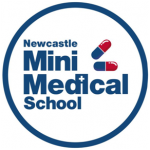 Our friends over at the Faculty of Medical Sciences hold an annual series of interactive lectures and practical sessions over six weeks, open to anyone aged 15+ known as
Our friends over at the Faculty of Medical Sciences hold an annual series of interactive lectures and practical sessions over six weeks, open to anyone aged 15+ known as 